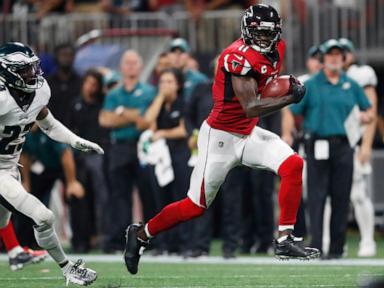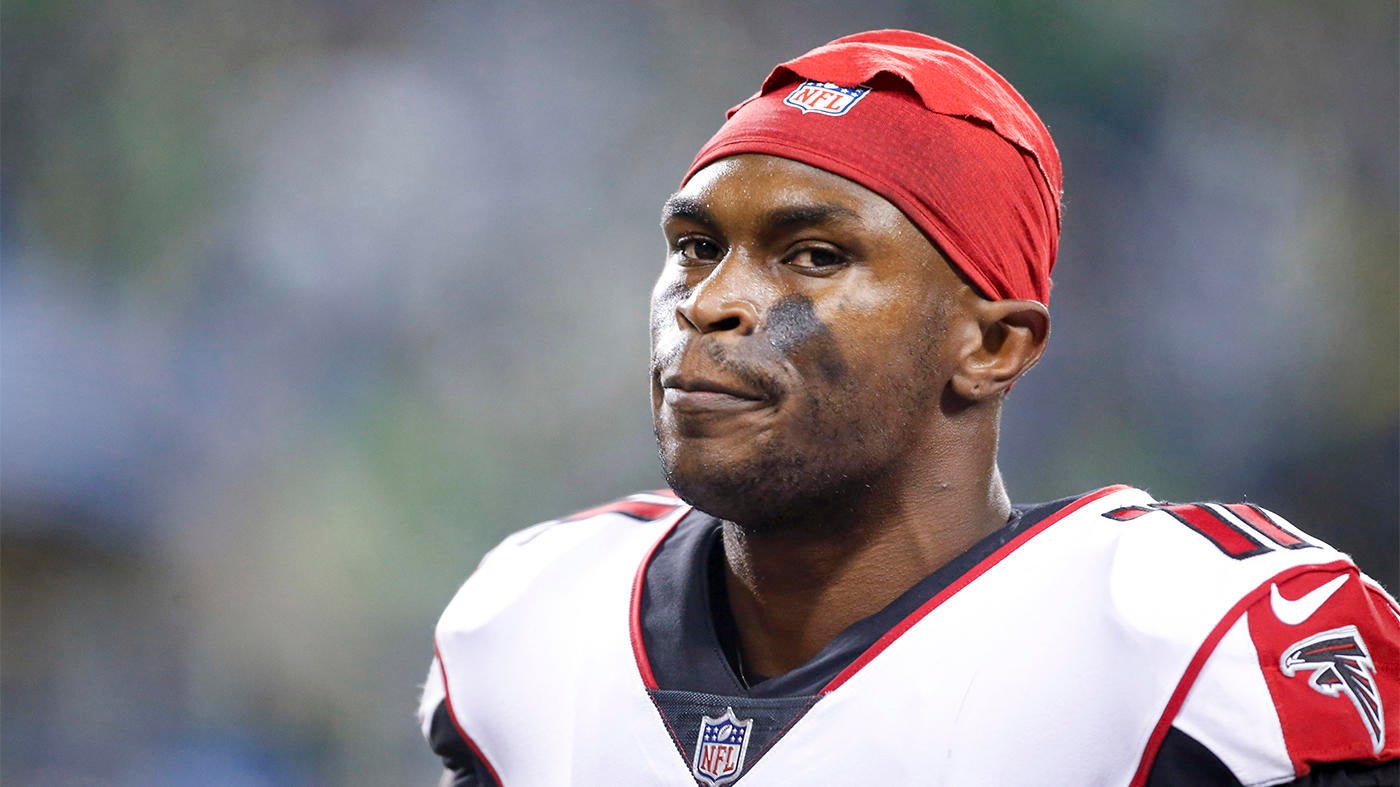You probably don’t remember the most acrobatic catch in Super Bowl history. You probably don’t remember when Atlanta’s Julio Jones leaped into the air, reached over the outstretched fingertips of New England cornerback Eric Rowe, caught the ball at roughly a 60-degree angle to the ground, landed on his left foot, tapped his right toe in bounds, tucked the ball to his chest, then rolled his body completely over to protect the crucial fourth-quarter catch.
You probably don’t remember that catch because it came in the midst of the Falcons’ epochal 28-3 collapse, a disintegration so all-consuming and diabolical that it obliterated all the good works that had come before it, and cast a shadow on everything the franchise has done since.
Jones’ catch was the last chance Atlanta had to salvage its Super Bowl and its dignity … and you probably do remember what happened next.
That moment, more than anything, defined Julio Jones’ football career — the most talented player on the field making the most spectacular plays of his era, but nonetheless buffeted by events far beyond his control.
Jones, who retired Friday after a 13-year pro career, stands as one of the 2010s’ finest players, an Avenger in a football helmet. Whatever technique, scheme or defender you threw at him, he had an answer for it — height, speed, hands and body control all combined for a virtually unprecedented NFL package. Two separate Southern football institutions bet big on Jones, and both times, he paid off huge.
There aren’t many players in NFL history you know by their first name alone. It might be too much to say that Quintorris Lopez Jones — better known only as “Julio” — started the Nick Saban era at Alabama. But then again, it might not.
The Alabama of the mid-2000s wasn’t a dynasty. Hell, it barely qualified as a functional program. After suffering through four straight coaches who ranged from overmatched to incompetent to flat-out laughable, Alabama had pinned its hopes on Saban — a national championship-winning coach who, at that point, had a well-earned reputation as a cold-hearted mercenary who’d leave town the moment a better offer came along.
Saban understood recruiting, though, and he knew that he needed to establish beachheads in several key football hotbeds — like, for instance, the Gulf Coast. It was there, in the town of Foley, Alabama — also the home of Alabama legend Ken Stabler — that Saban spotted, targeted and zeroed in on Jones. The most prized high school senior in the Class of 2008, Jones was one of the first recruits to broadcast his selection — complete with school hats — live on ESPN.
With hats from Florida, Florida State, Oklahoma and Alabama in front of him, Jones opted for the Crimson Tide — showing that Saban could out-recruit the best, for the best. Jones was the top recruit in a class that included Dont’a ...




